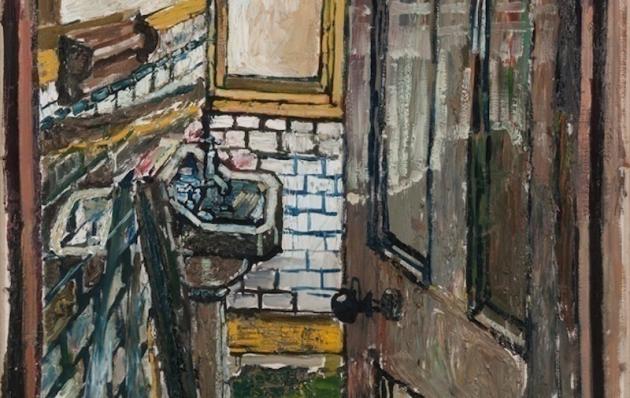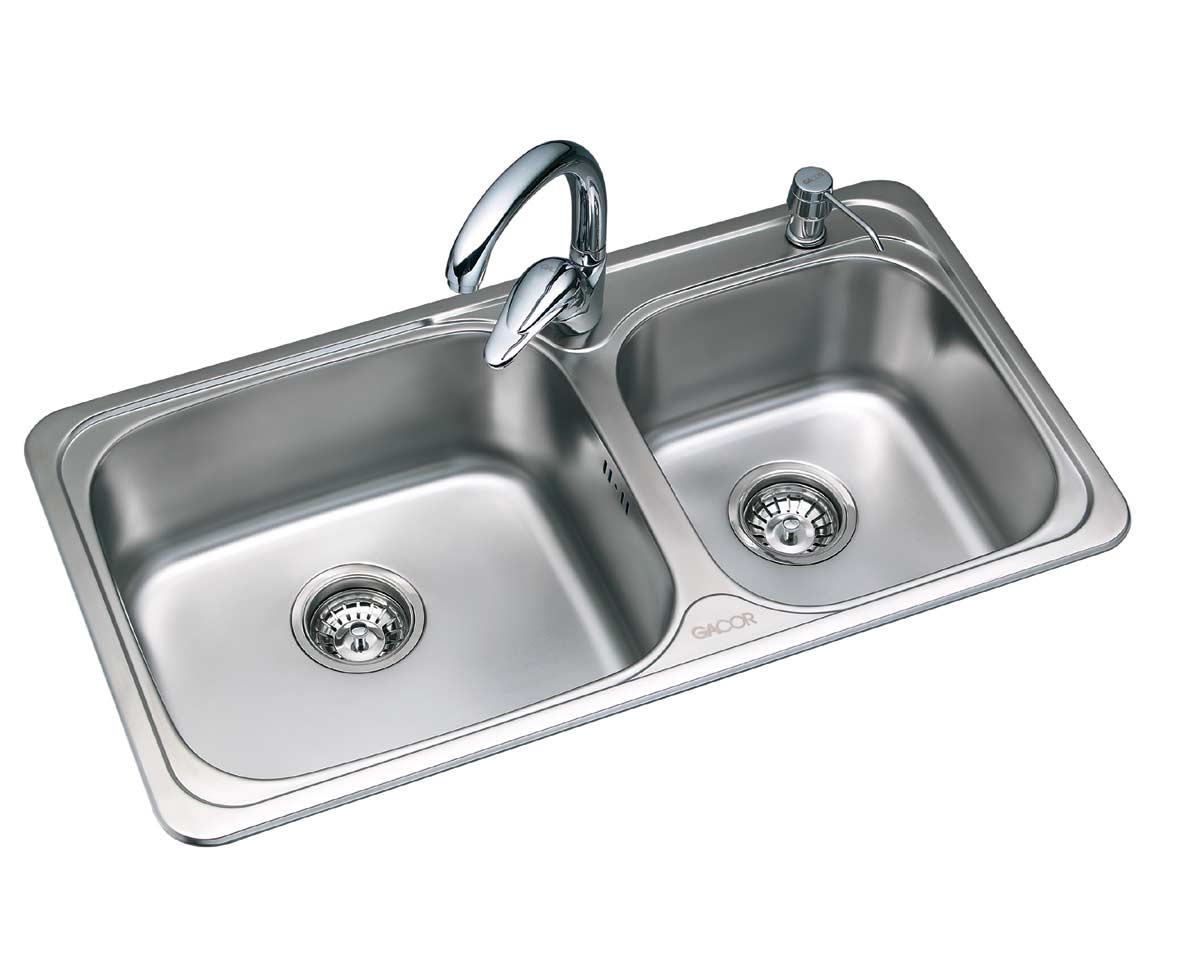John Bratby: The Father of Kitchen Sink Realism
John Bratby is a name that may not be as well-known as other legendary artists, but his impact on the art world cannot be denied. With his bold and unapologetic style, Bratby is considered the father of kitchen sink realism, a movement that brought everyday life into the forefront of art.
The Rise of Kitchen Sink Realism
In the 1950s, the art world was dominated by abstract expressionism, a style focused on emotions and inner experiences. However, Bratby and other artists in the Kitchen Sink School rebelled against this trend and turned their attention to the mundane and gritty realities of everyday life. They believed that art should reflect the world around them, no matter how mundane or unglamorous.
Breaking Away from Tradition: John Bratby's Art
John Bratby art is characterized by his use of thick, bold brushstrokes and vibrant colors. His paintings often depicted the cluttered and chaotic interiors of working-class homes, a stark contrast to the polished and idealized interiors often seen in traditional art. Bratby's subjects were often everyday items like kitchen utensils, dirty dishes, and overflowing ashtrays, elevating them to the status of art.
The Influence of Kitchen Sink Drama
Bratby's style was heavily influenced by kitchen sink drama, a genre of plays that also focused on the gritty realities of working-class life. These plays often featured characters dealing with poverty, social issues, and domestic struggles, similar to the subjects in Bratby's paintings. This further solidified the connection between Bratby's art and the kitchen sink movement.
John Bratby's Legacy
Despite the initial resistance from the art world, Bratby's work gained recognition and influenced many future artists. His bold and unapologetic style opened the door for other artists to explore the mundane and everyday in their art. Today, Bratby is considered one of the most significant figures in the history of British art, and his paintings can be found in prestigious galleries and collections around the world.
The Impact of Kitchen Sink Artists
The kitchen sink artists of the 1950s and 1960s paved the way for a new generation of artists who sought to capture everyday life in their work. Their influence can be seen in the work of artists like David Hockney, who embraced the mundane and everyday in his paintings. The legacy of kitchen sink realism continues to inspire artists to this day, proving that art can be found in the most unexpected places.
John Bratby: A Biography
John Bratby was born in 1928 in Wimbledon, London. He began his artistic career at the age of 17 when he enrolled in the Kingston School of Art. After serving in the Royal Army Medical Corps, Bratby returned to his studies, this time at the Royal College of Art in London. It was during this time that he developed his signature style and became a prominent figure in the kitchen sink movement.
The Kitchen Sink Art Movement
The kitchen sink art movement was a reaction to the idealized and often inaccessible art of the time. Artists like Bratby sought to bring art back to the people, to show that beauty could be found in the most ordinary moments. The movement also challenged the traditional hierarchy of art, where landscapes and portraits were held in higher regard than still life or interior scenes.
John Bratby's Still Life Paintings
While Bratby is best known for his interior scenes, he also created stunning still life paintings that captured the essence of everyday objects. From a simple vase of flowers to a cluttered kitchen table, Bratby's still lifes were elevated to works of art through his use of bold and expressive brushstrokes.
Discovering the Beauty in the Mundane
Through his art, John Bratby showed us that beauty can be found in the most ordinary and mundane moments. His legacy continues to inspire artists to break away from tradition and embrace the gritty realities of everyday life. In a world where we are constantly bombarded with idealized and polished images, Bratby's art reminds us to appreciate the beauty in the chaos of our everyday lives.
The Rise of Kitchen Sink Realism in House Design: A Look at John Bratby's Impact

What is Kitchen Sink Realism?
 Kitchen Sink Realism, also known as Kitchen Sink Drama, is a term used to describe a style of art that focuses on the mundane and gritty aspects of everyday life. It emerged in the 1950s in Britain and was often associated with the working-class and their struggles. This movement rejected the idealistic and romanticized portrayal of life in art and instead aimed to showcase the harsh realities of post-war Britain.
Kitchen Sink Realism, also known as Kitchen Sink Drama, is a term used to describe a style of art that focuses on the mundane and gritty aspects of everyday life. It emerged in the 1950s in Britain and was often associated with the working-class and their struggles. This movement rejected the idealistic and romanticized portrayal of life in art and instead aimed to showcase the harsh realities of post-war Britain.
John Bratby: The Pioneer of Kitchen Sink Realism in House Design
 One of the key figures in the Kitchen Sink Realism movement was British artist John Bratby. Born in 1928, Bratby's early life was marked by poverty and hardship, which greatly influenced his artistic style. In the 1950s, he rose to fame with his bold and unapologetic depictions of everyday life, particularly in the domestic setting.
Bratby's most famous works were his paintings of kitchens, often cluttered with dirty dishes and other household items. He believed that the kitchen was the heart of the home and that it should be celebrated in art. His paintings were a departure from the traditional still life depictions of pristine and orderly kitchens, and instead, they captured the mess and chaos of real life.
One of the key figures in the Kitchen Sink Realism movement was British artist John Bratby. Born in 1928, Bratby's early life was marked by poverty and hardship, which greatly influenced his artistic style. In the 1950s, he rose to fame with his bold and unapologetic depictions of everyday life, particularly in the domestic setting.
Bratby's most famous works were his paintings of kitchens, often cluttered with dirty dishes and other household items. He believed that the kitchen was the heart of the home and that it should be celebrated in art. His paintings were a departure from the traditional still life depictions of pristine and orderly kitchens, and instead, they captured the mess and chaos of real life.
The Impact of Bratby's Work on House Design
 Bratby's paintings had a profound influence on house design in the 1950s and 1960s. His focus on the ordinary and often overlooked aspects of domestic life inspired a new trend in interior design. This trend, known as Kitchen Sink Realism in house design, aimed to create homes that were functional and comfortable, rather than stylish and aspirational.
Bratby's use of bold colors and unconventional materials also influenced the design of household objects, such as furniture and kitchenware. These items were no longer just functional but were now seen as pieces of art in their own right. This blurring of the lines between art and design was a hallmark of the Kitchen Sink Realism movement.
Bratby's paintings had a profound influence on house design in the 1950s and 1960s. His focus on the ordinary and often overlooked aspects of domestic life inspired a new trend in interior design. This trend, known as Kitchen Sink Realism in house design, aimed to create homes that were functional and comfortable, rather than stylish and aspirational.
Bratby's use of bold colors and unconventional materials also influenced the design of household objects, such as furniture and kitchenware. These items were no longer just functional but were now seen as pieces of art in their own right. This blurring of the lines between art and design was a hallmark of the Kitchen Sink Realism movement.
In Conclusion...
 John Bratby's Kitchen Sink Realism paintings may have been met with criticism and controversy when they were first exhibited, but they have left a lasting impact on the world of art and design. His unapologetic and honest portrayal of the domestic space has revolutionized the way we view and design our homes. Bratby's legacy as a pioneer of Kitchen Sink Realism in house design will continue to inspire and influence future generations.
John Bratby's Kitchen Sink Realism paintings may have been met with criticism and controversy when they were first exhibited, but they have left a lasting impact on the world of art and design. His unapologetic and honest portrayal of the domestic space has revolutionized the way we view and design our homes. Bratby's legacy as a pioneer of Kitchen Sink Realism in house design will continue to inspire and influence future generations.






.jpg)
.jpg?mode=max)
.jpg?maxwidth=3030&maxheight=1950)













.jpg)

.jpg)















.jpg?maxwidth=2020&maxheight=1300)

.jpg)















.jpg?maxwidth=3030&maxheight=1950)
.jpg?maxwidth=2020&maxheight=1300)
















.jpg)


















